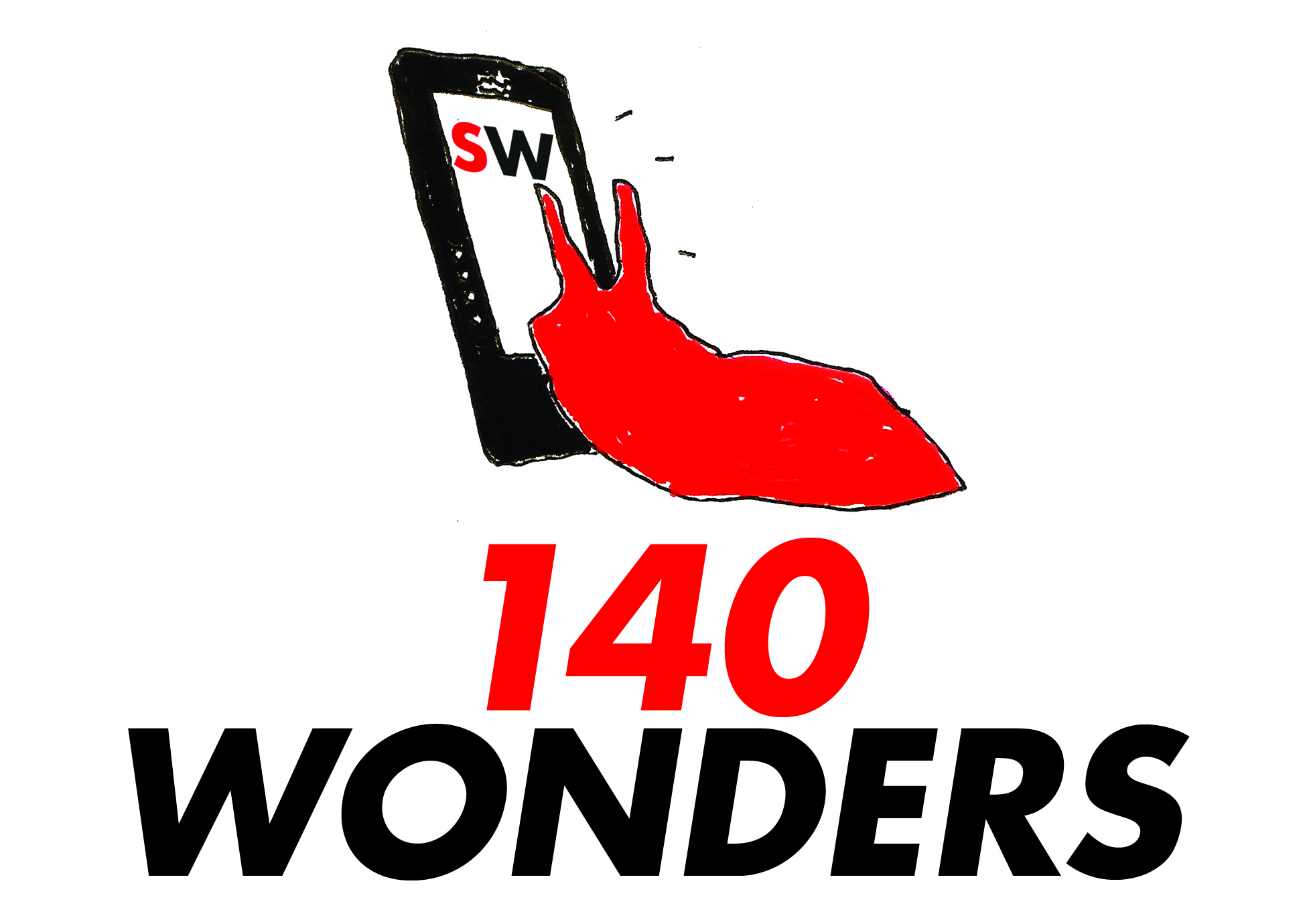

The most important differences between the Kindle and Kobo are in their software. Kindle vs Kobo software, side-loading and storefronts Kobo devices offer basic Wi-Fi across the entire range, which will suffice for most users, and that’s true on most Kindles, too, although dual-band Wi-Fi is now available on the newer Paperwhite models.Īmazon used to give Kindle users cellular connectivity for downloading ebooks too (and checking email) while away from Wi-Fi, though that’s now only an option on its flagship Kindle Oasis. We’re not convinced that internal storage is hugely important unless you intend to cram an insane number of audiobooks onto your ereader at the same time, as otherwise, the basic 8GB can store many hundreds of ebooks. Kindle vs Kobo storage and connectivityĬurrent ereaders from both Kobo and Kindle go from 8GB through to 64GB (the high-end Kindle Scribe) of onboard storage, with all Kobo models from the LIbra 2 and higher-end offer 32GB as default. The same goes for page-turn buttons on the models with an asymmetric design, which make it easier to navigate a book while holding an ereader in one hand. That device is also capable of wireless charging, which Kobo doesn’t offer at all.Ī new and increasingly popular feature available from both Kobo and Kindle is Bluetooth, great for pairing wireless earphones, primarily for listening to audiobooks. However, only the Kindle Paperwhite Signature Edition has a front light with an ambient light sensor that auto-adjusts its brightness. Most of the higher-end models also allow you to change the hue (or temperature) of the light from cold to warmer yellow for nighttime reading. IPX8 water resistance is available from both (except on the 10.3-inch models from both brands), as are adjustable illuminated displays for reading in the dark. Speaking of 8-inch models, you'll find those only with Kobo. However, in terms of design, every Kobo screen is covered in plastic, while Kindle has a couple of models that's topped with glass, giving them a premium look.

All the current 6.8-inch, 7-inch and 8-inch models also have a 300ppi screen resolution across both brands. That mean, the lowest resolution is now on the Kobo Nia at 212ppi. While it's still available to buy in some markets, it's been replaced by the 2022 11th-gen Kindle that boasts a 300ppi screen resolution. The lowest screen resolution was on the 10th-generation Amazon Kindle at 167ppi. All the newer models (launched since 2021) use the E Ink Carta 1200 display that makes text appear sharper, with better screen contrast, as compared to the older E Ink Carta HD tech.

When it comes to screen technology, both Kobo and Kindle ereaders are pretty much the same across the board. (Image credit: Future) Kindle vs Kobo design, display and features All prices listed above are for the no-ads version of the Kindle models. It’s worth knowing that some of the Kindles are available for a slightly lower price in the UK and the US if you don’t mind seeing adverts.


 0 kommentar(er)
0 kommentar(er)
